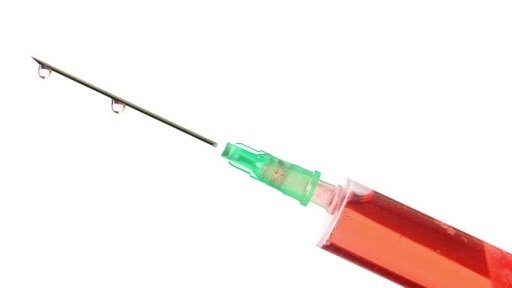Elevate your laboratory’s filtration process with the introduction of our top-tier syringe filters!
Precision. Efficiency. Excellence in lab performance. Delve into the intricate world of High-Quality Syringe Filters for Precise and Efficient Lab Filtration.
Unraveling the Essentials: Introduction to Syringe Filters
Syringe filters, essential laboratory tools, take center stage in the meticulous removal of impurities from injected solutions or gas chromatography systems. Syringe filters stand as guardians, shielding against potential harm from bacteria, particles, or other undesirable materials.
Navigating the Crucial Role: Importance and Uses of Syringe Filters in Labs
Syringe filters emerge as vital assets in labs, orchestrating the purification and sterilization of liquids, eradicating particulates, and safeguarding instruments from potential damage. In their realm, they simplify sample clean-up, augment accuracy, and prove indispensable for chromatography applications.
Embarking on a Diversity Journey: Different Types of High-Quality Syringe Filters for Labs
Nylon syringe filters, crafted from synthetic materials, showcase effectiveness in resisting a spectrum of solvents. PTFE syringe filters, hydrophobic and biologically inert, become champions in efficient chemical and solvent filtration.
PVDF syringe filters carve a niche in biological and chemical analysis, renowned for their chemical compatibility and superior filtration efficiency. Polypropylene (PP) syringe filters, born from Polypropylene, play a crucial role in clarification or particle removal.
MCE syringe filters, crafted from mixed cellulose ester, don the mantle of essential tools for sterilization. Their versatility unfolds, providing effective filtration for a diverse range of samples, ensuring high purity and accuracy in experiments.
A Glimpse into the Matrix: Essential Features of High-Quality Syringe Filters
Filtration accuracy takes the spotlight, a measure of the filtration system’s capability to effectively remove particles of specific sizes. Syringe filter sizes dance in a diverse range, from 13mm to 50mm, accompanied by filter membrane pore sizes varying between 0.2 and 5.0 micrometers.
Sterilization features echo with crucial importance, ensuring the elimination of all microorganisms. Pressure resistance stands as a testament to material resilience, vital in industries spanning construction, oil, gas, and aeronautics.
Chemical compatibility, a linchpin quality, showcases materials resisting chemical reactions, pivotal in manufacturing, biochemical, and pharmaceutical sectors. The symphony of processes and applications unfolds, spanning sample preparation, chromatography applications, microbiological sterilization, and particulate removal.
Intricacies in Efficiency: Factors Influencing the Efficiency of Syringe Filters
Volume and viscosity of the sample, dynamic in physical analysis, dictate reaction rates and flow behavior. The nature of the substance to be filtered becomes a guiding force, determining the filtration method based on particle size, chemical properties, and viscosity.
Characteristics of the filter’s membrane material unveil high chemical resistance, precise pore sizes, and hydrophilic or hydrophobic properties. Pressure applied during filtration orchestrates the substance’s journey through the filter, facilitating purification.
Advantages Unveiled: Advantages of Using High-Quality Syringe Filters in Labs
Ultra-cleaning of samples becomes a meticulous endeavor, ensuring the purity of samples for accurate experimentation, a pivotal pursuit in scientific research and medical laboratories. Rapid and efficient filtration emerges as a catalyst, accelerating the separation of substances and ensuring superior end-product quality.
High resistance to chemicals and heat becomes a prized quality, especially valuable in manufacturing, aerospace, and chemical sectors. The pursuit of reducing contamination risk becomes a collective responsibility, vital for public health and environmental safety.
Comparative Insights: Comparison of Different High-Quality Syringe Filters
Accuracy comparison becomes a pivotal gauge in various fields, ensuring the reliability of data or systems. Speed comparison resonates in domains like transportation and technology, impacting user satisfaction and productivity. Compatibility comparison delves into shared values, goals, and interests, predicting potential harmony or conflict.
Unlocking the Mysteries: Syringe Filters FAQs
The 0.22 micron filter takes center stage, a stalwart in laboratory and medical settings, ensuring the removal of bacteria and microparticles for a sterile environment. The four types of bacterial filters—membrane filters, cartridge filters, bag filters, and HEPA filters—offer diverse options for blocking and removing bacteria.
Choosing the right syringe filter size becomes a critical decision, influenced by the volume and nature of the sample. Compatibility with the solution to be filtered stands as a guiding principle.
